Integrated circuits (ICs) play a pivotal role as the building blocks of modern electronic devices. As we delve into 2024, the landscape of IC manufacturing is more dynamic than ever, with a myriad of companies vying for the title of the best-integrated circuit manufacturer.
From the intricate processes of fabrication to the branding prowess reflected in their logos, these manufacturers shape the future of electronics.
Today we are sharing about the best integrated circuit manufacturers here for your conferences.
What is an Integrated Circuit (IC)?
An integrated circuit, commonly referred to as a microchip, chip, or IC, represents a compact electronic unit comprising interconnected components like transistors, resistors, and capacitors. These elements are intricately patterned onto a semiconductor substrate, typically silicon.
Integrated circuits find extensive application across diverse electronic devices like computers, smartphones, and televisions, facilitating functions such as data processing and storage. Their integration has significantly influenced electronics by fostering device miniaturization and augmenting operational capabilities.
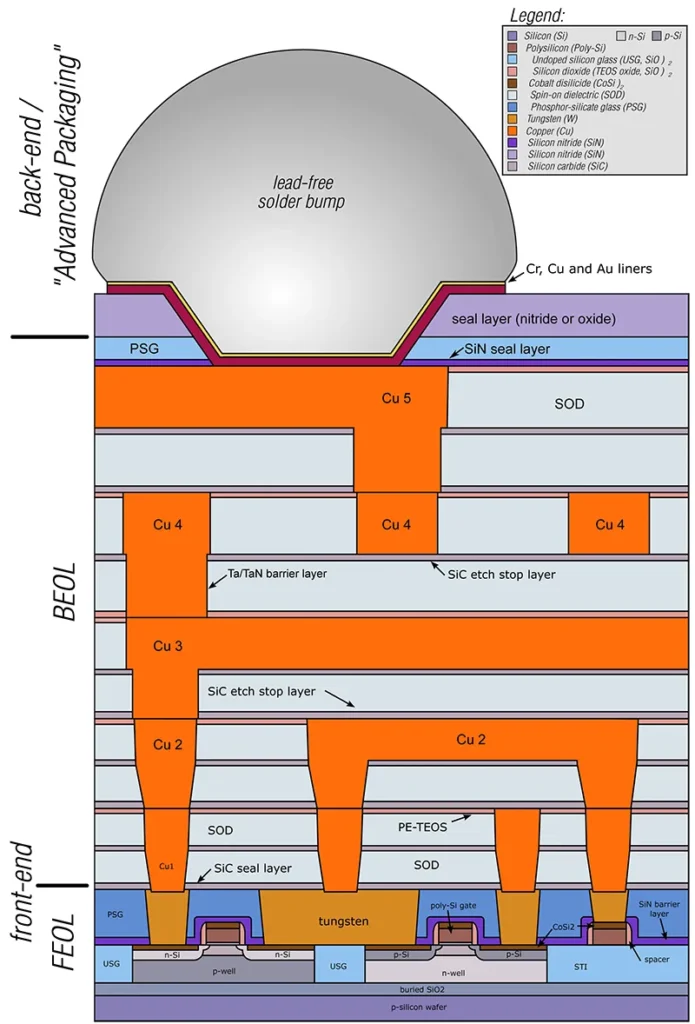
How Are Integrated Circuits Manufactured?
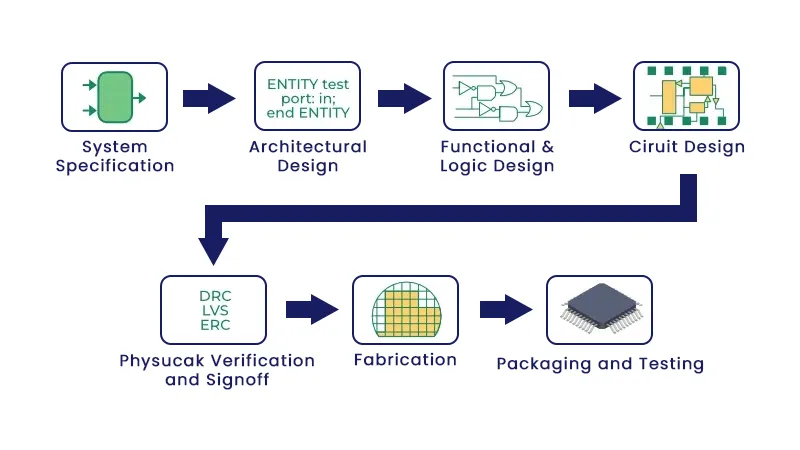
Step 1: Silicon Wafer Preparation
The initial stage of IC Fabrication, Silicon Wafer Preparation involves using silicon as the primary material. Wafers, the foundational components of Integrated Circuits, come in thin, round shapes with varying diameters. These wafers, typically made of pure crystalline silicon, may have irregular shapes, surfaces, or extra edges, requiring shaping, polishing, and cutting to achieve specific thicknesses.
Step 2: Ion Implantation
In Ion Implantation, impurities are introduced into silicon wafers. The penetration of ions into the wafer depends on the accelerating field voltage. This process occurs at low temperatures to maintain room temperature while providing high energy. However, excessive energy can distort solid structures. High-energy dopant ions are employed to penetrate the solid’s surface, allowing controlled alterations of its properties.
Step 3: Diffusion
The Diffusion process adds impurities to silicon, altering its resistivity from high to low-concentration regions. Dopants, in solid, liquid, or gaseous forms, are crucial in this temperature-dependent process, often conducted at around 1000 degrees Celsius in furnaces. Pentavalent or n-type impurities are commonly used as dopants. As multiple layers form initially, high-temperature resistance becomes a consideration, delaying this process until later stages.
Step 4: Photolithography
Photolithography utilizes light, often UV light, to produce films. Light either directly hits the wafer surface or passes through a lens. A sensitive material, photoresist, forms the initial layer over the wafer, with a mask pattern created above it. This process efficiently forms patterns but is less effective on irregular surfaces.
Step 5: Oxidation
Oxidation adds oxygen to silicon, forming silicon dioxide, a protective coating. This occurs in furnaces at high temperatures (around 1000 degrees Celsius). Dry oxidation, without water vapor, produces fewer defects but has a slower oxidation rate compared to wet oxidation, which is faster due to water vapor presence.
Step 6: Chemical-Vapor Deposition
Chemical-vapor deposition (CVD) produces thin films by reacting chemicals and vapors on the wafer surface. This occurs at low pressure, below atmospheric levels, depending on the reaction. CVD, distinct from VCD, offers faster deposition rates and acts as an insulator on the wafer surface.
Step 7: Metallization
Metallization coats metallic layers on surfaces, protecting them and facilitating component connections. After the metal layer deposition on the wafer, a mask pattern is applied. Metallization provides good conductivity and strong bonds with silicon.
Step 8: Packaging
The final stage, Packaging, involves electrical testing of silicon wafers for functionality. Cost-effective methods, including microwave and radio frequency testing, identify defective circuits, separating them from functional ones. Packaging seals ICs with plastic, protecting them from environmental factors, often performed in a vacuum.
Top Integrated Circuit Manufacturers
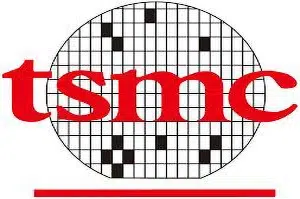
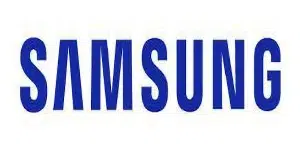
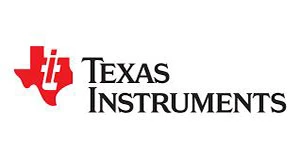

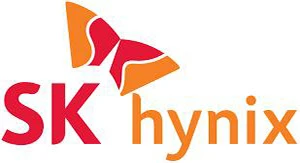
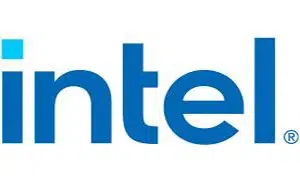
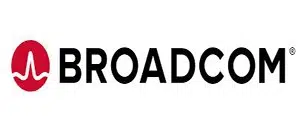
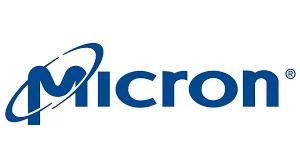
Integrated Circuit Manufacturer Logos
TSMC (Taiwan Semiconductor Manufacturing Company)
Headquarters: Taiwan, China
Founded: 1987
Website: www.tsmc.com
Taiwan Semiconductor Manufacturing Company Limited (TSMC) is not only one of the largest integrated circuit manufacturers but also a leading multinational semiconductor contract manufacturing and design firm based in Taiwan.
Renowned as the world’s most valuable semiconductor company and the largest independent (pure-play) semiconductor foundry globally, TSMC stands among Taiwan’s major corporations.
TSMC boasts a global production capacity of approximately thirteen million 300 mm-equivalent wafers annually, as of 2020. It caters to customers across a spectrum of process nodes, ranging from 2 microns to 5 nanometers.
TSMC holds the distinction of being the pioneer in bringing 7-nanometer and 5-nanometer production capabilities to market, and it was the first to successfully commercialize extreme ultraviolet (EUV) lithography technology on a large scale.
Samsung Electronics
Headquarters: Suwon, South Korea
Founded: 1969
Website: www.samsung.com
Samsung Electronics Co., Ltd. is a prominent South Korean multinational electronics conglomerate headquartered in Yeongtong-gu, Suwon, South Korea. Renowned for its diversified product portfolio, Samsung is a leading manufacturer of electronic components, including lithium-ion batteries, semiconductors, image sensors, camera modules, and displays. Its clientele includes prominent brands such as Apple, Sony, HTC, and Nokia.
Since 2006, Samsung has held the title of the world’s largest television manufacturer and has maintained its position as the largest mobile phone manufacturer since surpassing Apple in 2011. Additionally, Samsung is recognized as the world’s largest memory chip manufacturer, solidifying its status as a global industry leader.
Texas Instruments
Headquarters: Dallas, Texas, U.S.
Founded: 1930
Website: www.ti.com
Texas Instruments Incorporated (TI) is an esteemed American technology firm headquartered in Dallas, Texas, and ranks among the top integrated circuit manufacturers globally. Specializing in the design and manufacture of semiconductors and integrated circuits, TI supplies these products to electronics designers and manufacturers globally.
With its strong market presence, TI ranks among the top 10 semiconductor companies worldwide in terms of sales volume.
The company primarily focuses on developing analog chips and embedded processors, which contribute over 80% of its revenue. In addition to semiconductors, TI is known for its TI digital light processing technology and a range of educational technology products, including calculators, microcontrollers, and multi-core processors.
NXP Semiconductors
Headquarters: Eindhoven, Netherlands
Established time: 2006
Company website: www.nxp.com
NXP Semiconductors N.V. (NXP) is a Dutch semiconductor designer and manufacturer with headquarters in Eindhoven, Netherlands. The company employs approximately 31,000 people in more than 30 countries. NXP provides technology solutions targeting the automotive, industrial & IoT, mobile, and communication infrastructure markets.
SK Hynix
Headquarters: Icheon, South Korea
Established time: 1983
Company website: www.skhynix.com
SK Hynix Inc. is a South Korean manufacturer specializing in dynamic random-access memory (DRAM) chips and flash memory chips. As the world’s second-largest memory chipmaker and the third-largest semiconductor company globally, Hynix operates manufacturing facilities in Korea, the United States, mainland China, and Taiwan.
Among its prominent clientele are Microsoft, Apple, Asus, Dell, MSI, HP Inc., and Hewlett Packard Enterprise. Hynix memory finds application in a wide range of products such as DVD players, cell phones, set-top boxes, personal digital assistants, networking equipment, and hard disk drives.
Application Specific Integrated Circuit Manufacturers
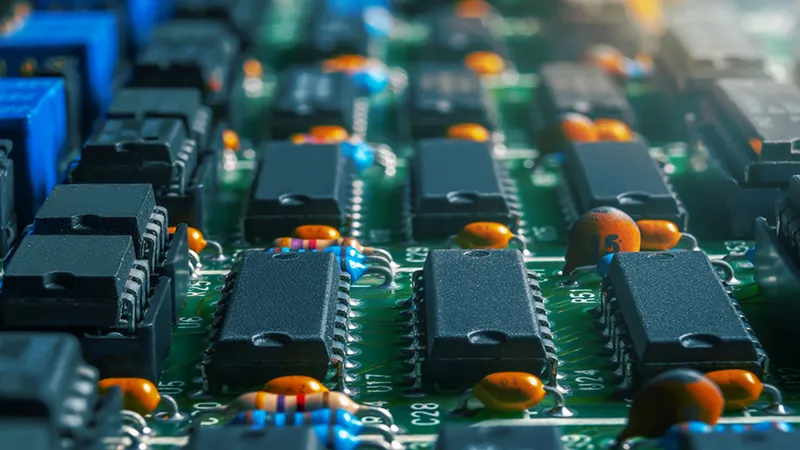
An Application-Specific Integrated Circuit (ASIC) is a specialized chip customized for a specific purpose, rather than general use. It bridges the gap between standard integrated circuits and fully custom designs, offering tailored solutions for applications such as digital voice recorders or video codecs.
Fabricated using metal–oxide semiconductor (MOS) technology, modern ASICs can contain over 100 million logic gates, including microprocessors, memory blocks, and other components. Designers often use hardware description languages like Verilog or VHDL to define ASIC functionality efficiently.
Dialog Semiconductor
Headquarters: London, UK
Founded: 1985
Dialog Semiconductor PLC is a leading manufacturer of semiconductor-based system solutions with a global sales network, research and development, and marketing organization. Dialog specializes in highly integrated application-specific standard products (ASSP) and application-specific integrated circuits (ASIC) mixed-signal integrated circuits (ICs). These ICs are optimized for use in smartphones, computing devices, Internet of Things (IoT) devices, LED solid-state lighting (SSL), and smart home applications.
Renesas successfully completed the acquisition of Dialog Semiconductor on August 31, 2021, further enhancing its position in the semiconductor industry.
Microsemi
Headquarters: California, U.S.
Founded: February 1959
Microsemi, a wholly owned subsidiary of Microchip Technology, provides a diverse array of semiconductor and system solutions tailored for the communications, defense & security, aerospace, and industrial markets. Its product portfolio encompasses high-performance and radiation-hardened analog mixed-signal integrated circuits, FPGAs, SoCs, ASICs, power management products, and more.
Integrated Device Technology
Headquarters: San Jose, CA
Established: 1980
Integrated Device Technology (IDT) has been acquired by Renesas.
Renesas Electronics Corporation, headquartered in Tokyo, Japan, and founded in 2002, is a leading semiconductor company engaged in the research, development, design, manufacturing, sales, and servicing of semiconductor products.
Renesas offers a wide range of products including microcontrollers & microprocessors, analog products, automotive products, clocks & timing, interface, memory & logic, power & power management, programmable mixed-signal, ASIC & IP products, RF products, sensor products, space & harsh environment, and wireless connectivity solutions.
Photonic Integrated Circuit Manufacturers
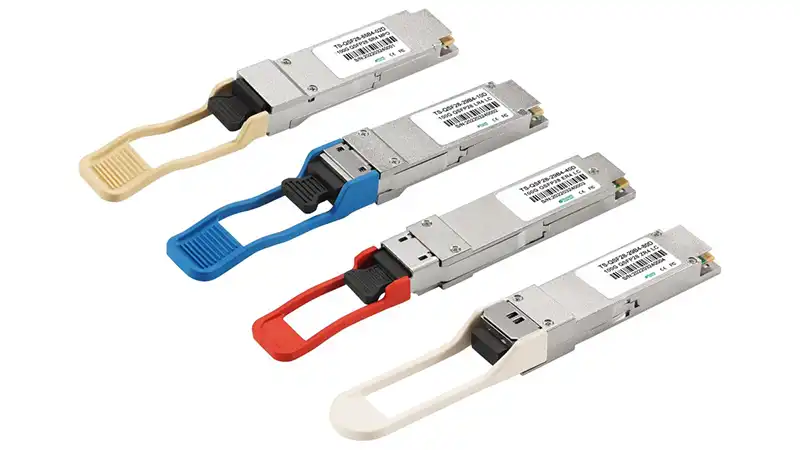
Inphi
Headquarters: California, U.S.
Established time: November 2000
Inphi Corporation, an American company specializing in high-speed analog and mixed-signal semiconductor components and optical subsystems for networking OEMs, optical modules, cloud, and telecom service providers, develops a range of products from 10 G to 800 G.
Their offerings include linear trans-impedance amplifiers, modulator drivers, optical physical layer devices, coherent DSPs, and silicon photonic-based subsystems tailored for the long haul, metro, and data center applications.
Intevac
Headquarters: Santa Clara, CA
Established time:1991
Intevac, Inc. specializes in manufacturing equipment and solutions for the hard disk drive industry, as well as providing solutions for the photovoltaic (PV) and semiconductor industries. The company operates through two main segments: Equipment and Intevac Photonics. Its product lineup includes thin-film equipment, hard disk drivers, and TRIO systems.
Allegro Microsystems
Headquarters: Worcester, Massachusetts
Established time:1979
Allegro MicroSystems stands as a worldwide leader in semiconductor technology, specializing in sensor and power integrated circuits (ICs) as well as photonics. Their diverse product lineup encompasses current measurement ICs, magnetic position detection sensors, magnetic speed sensors, motor drivers, interface ICs, and regulators.
Expansion
Graphene Which is Used in The Manufacture of Integrated Circuits
What is Graphene?
Graphene, a remarkable material used in the manufacture of integrated circuits (ICs), revolutionizes electronic devices. Its exceptional conductivity, mechanical strength, and flexibility enable smaller, faster, and more efficient IC designs. As IC technology advances, graphene’s role becomes increasingly vital, driving innovation and enhancing the performance of electronic systems.
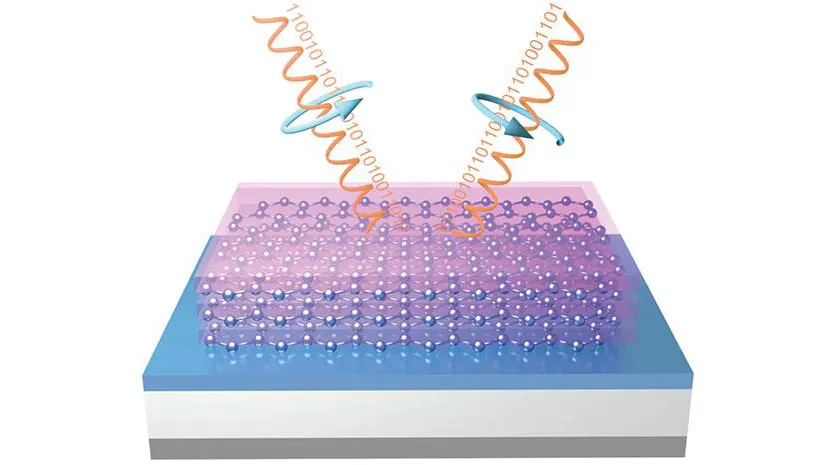
Application of graphene reintegrated circuit:
Graphene, with its remarkable properties, finds diverse applications in photonics, particularly in photodetectors. Despite its inherent low light absorption, graphene’s frequency-independent absorption and high carrier mobility make it an excellent candidate when interfaced with strong light-absorbing materials.
This synergy results in efficient photodetectors, like hybrid graphene-quantum dot devices, exhibiting high responsivity across the visible and short-wave infrared spectrum, suitable for CMOS integrated circuits, paving the way for advanced imaging systems.
In optical telecommunication, graphene plays a crucial role, demonstrated by its integration into CMOS-compatible photodetectors with impressive bandwidths. Graphene-modulated silicon waveguides and all-graphene optical communication links highlight its potential for high-speed data transmission.
Moreover, in the emerging field of Terahertz (THz) technology, graphene’s large carrier mobility enables sensitive THz detectors and optical isolators, promising advancements in astronomy and ultrafast optical communication.
Graphene’s utility extends beyond light detection, as it enhances light-emitting devices like OLEDs through its transparent electrode capabilities. Furthermore, graphene-based methods enhance resolution in optical microscopy, enabling superresolution imaging with applications in biological research.
Conclusion
In 2024, the integrated circuit (IC) industry continues to thrive, driven by innovation, technological advancements, and the relentless pursuit of excellence by top manufacturers. From the intricate processes of IC fabrication to the diverse applications of specialized ICs like ASICs and photonic ICs, this article has delved into the dynamic landscape of IC manufacturing.
The analysis of integrated circuit manufacturer logos underscores the significance of branding and market recognition in an industry where competition is fierce yet collaborative efforts drive progress. Companies leveraging materials like graphene showcase the constant quest for improving IC performance and efficiency.